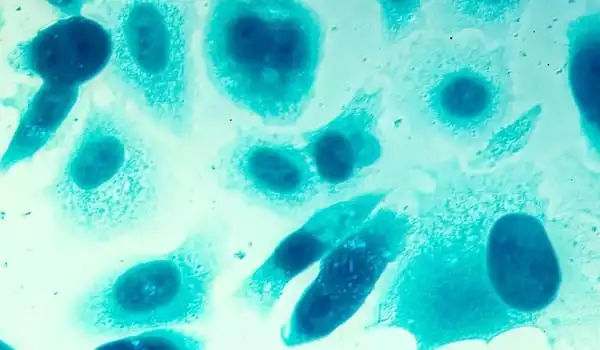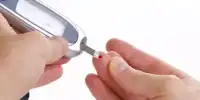Magnetic seed, also known as Magseed needle with magnetic marker system, is a type of needle used to locate non-palpable breast tumors. It is made up of a magnetic marking the size of a rice grain. Magnetic seeds can be placed up to 30 days before surgery using a needle and guided mammography imaging. The most widely utilized approach is wire localization, which has been proven to be successful and safe. However, because the wire is exterior, it may become dislodged and create irritation.
UCL researchers have created a unique cancer therapy that employs an MRI scanner to guide a magnetic seed across the brain in order to heat and destroy tumors. The therapy, which has been tested on mice, is known as “minimally invasive image-guided ablation,” or MINIMA. It consists of a ferromagnetic thermoseed that is steered to a tumor using magnetic propulsion gradients generated by an MRI scanner before being remotely heated to kill nearby cancer cells.
The findings, published in Advanced Science, researchers claim, demonstrate “proof-of-concept” for precise and effective treatment of hard-to-reach glioblastoma, as well as other malignancies like prostate that could benefit from less invasive therapies.
Improving the precision of our cancer treatments is perhaps one of the largest unmet needs we have today. One out of every eight men will be diagnosed with prostate cancer. While radiotherapy and surgery might be successful, they frequently result in undesirable and painful side effects such as incontinence and impotence.
Professor Mark Emberton
Professor Mark Lythgoe (UCL Centre for Advanced Biomedical Imaging) is the study’s senior author “MINIMA is a revolutionary MRI-guided therapy that has the potential to eliminate typical side effects by precisely treating the tumor while causing no harm to healthy tissues. Because the heating seed is magnetic, the magnetic fields in the MRI scanner can be used to guide the seed through tissue to the tumor. When the seed reaches the tumor, it can be heated, eliminating the cancer cells while inflicting minimal damage to the surrounding healthy tissues.”
The UCL researchers demonstrated the three major components of MINIMA to a high level of accuracy in the study: precise seed imaging; navigation through brain tissue using a customised MRI system, tracked to within 0.3 mm accuracy; and eradicating the tumor in a mouse model by heating it. Ferromagnetic thermoseeds are 2 mm in size, round in shape, and made of a metal alloy; they are implanted superficially into tissue before being guided to the tumour.
Rebecca Baker (UCL Centre for Advanced Biomedical Imaging) stated as the lead author: “Using an MRI scanner to deliver therapy in this manner allows the therapeutic seed and the tumor to be imaged throughout the procedure, ensuring that the treatment is delivered precisely and without the need for open surgery. This could benefit patients by shortening recovery times and lowering the likelihood of negative effects.”

MRI scanners are widely available in hospitals worldwide and play an important role in the detection of diseases such as cancer. The research at UCL demonstrates that MINIMA has the potential to transform an MRI scanner from a diagnostic tool to a therapeutic platform.
Professor Lythgoe went on to say: “We can now observe and navigate a thermoseed across the brain in real time using an MRI scanner. Because MRI is already used to detect cancer boundaries, the seed may be moved precisely to ensure it does not stray into adjacent healthy tissue. As the seed is guided through the tissue, it can be burned to eradicate the malignancy. This system combines therapy and diagnostics into a single device, resulting in an entirely new kind of imaging therapy.”
“I treat patients with the most frequent kind of brain cancer, glioblastoma,” said co-author Dr Lewis Thorne, a consultant neurosurgeon at the National Hospital for Neurology and Neurosurgery. The usual survival time after surgery is 12-18 months. MINIMA has been shown to successfully eliminate cancer in mice and has the potential to extend patient survival and limit damage to neighboring brain regions.”
“Improving the precision of our cancer treatments is perhaps one of the largest unmet needs we have today,” said Professor Mark Emberton (UCL Division of Surgery and Interventional Science), the study’s lead cancer clinician.
“One out of every eight men will be diagnosed with prostate cancer. While radiotherapy and surgery might be successful, they frequently result in undesirable and painful side effects such as incontinence and impotence. MINIMA may allow us to precisely target and eliminate prostate tumor tissue while causing minimal harm to normal cells.”
“In the long run,” Professor Lythgoe continued, “we will modify the shape of the seed to act as a tiny cutting knife that can be guided through tissue, allowing surgeons to do remotely controlled procedures and revolutionizing non-invasive surgery.”













